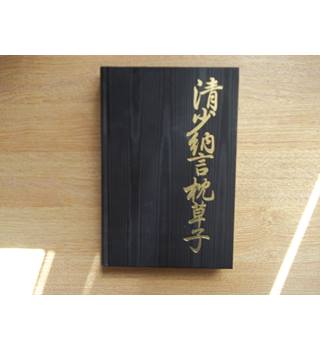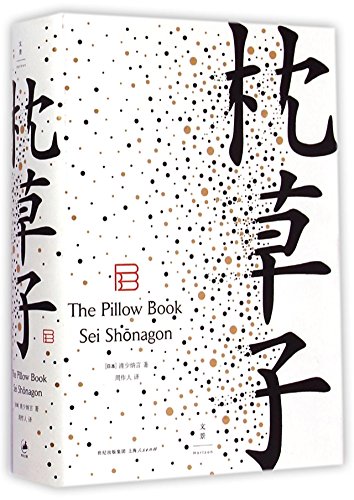


Shōnagon is also known for her rivalry with her contemporary, writer and court lady Murasaki Shikibu, author of The Tale of Genji who served the Empress Shoshi, second consort of the Emperor Ichijō. Hiroaki Sato questions whether Lady Sei and Norimitsu were actually married or just close friends, "the ladies and gentlemen of the court teased them by calling him her big brother and her his little sister." Rival When her court service ended she may have married Fujiwara no Muneyo, governor of Settsu province, and had a daughter, Koma no Myobu, although some evidence suggests she became a Buddhist nun. In 993, at 27, when she began to serve the Empress Teishi, consort of Emperor Ichijō, she may have been divorced. She married Tachibana no Norimitsu, a government official at 16, and gave birth to a son, Norinaga. The family were middle-ranking courtiers and had financial difficulties, possibly because they were not granted a revenue-producing office. Her grandfather Kiyohara no Fukayabu was also a waka poet. She was the daughter of Kiyohara no Motosuke, a scholar and well-known waka poet, who worked as a provincial official. Little is known about her life except what can be found in her writing.


Her actual name has been a topic of debate among scholars, and the name Kiyohara no Nagiko ( 清原 諾子) is a possibility. Bun'ei Tsunoda has suggested that it may have belonged to a third husband, perhaps Fujiwara no Nobuyoshi. Her relationship to this post is unknown, though-neither her father nor either of her two husbands held such a post. Sei ( 清) derives from her father's family name " Kiyohara" (the native Japanese reading of the first character is kiyo, while the Sino-Japanese reading is sei), while Shōnagon ( 少納言, "lesser councilor of state") refers to a government post. It was the custom among aristocrats in those days to call a court lady by a nickname taken from a court office belonging to her father or husband. Sei Shōnagon's actual given name is not known. She is the author of The Pillow Book ( 枕草子, makura no sōshi ). 966–1017 or 1025) was a Japanese author, poet, and a court lady who served the Empress Teishi (Sadako) around the year 1000 during the middle Heian period.


 0 kommentar(er)
0 kommentar(er)
